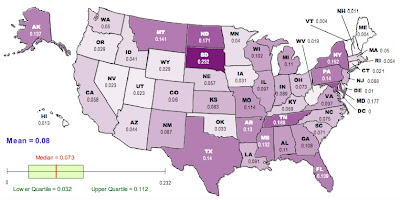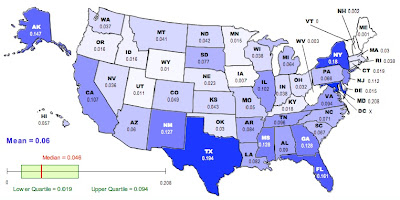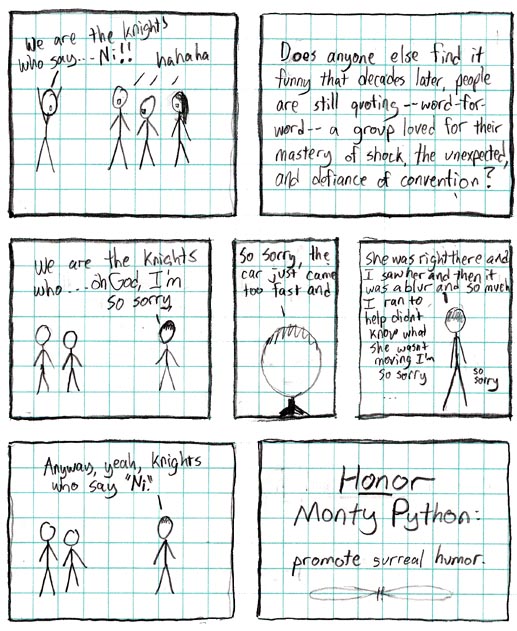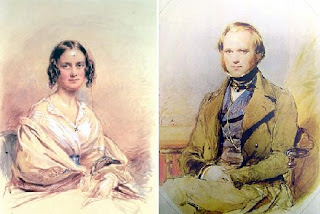So, for Christmas my wife got me an Urban Dictionary mug with the definition of “douchebilly” on it:
A combination of a douchebag and a hillbilly. Not just a douchebag and not just a hillbilly but both! A Douchebilly!
My ex-husband is a real douchebilly
Why, you ask? Two reasons. First, my wife is AWESOME! Second, this is a word that I made up at a bar, and a friend contributed to Urban Dictionary. It had its origin in an unbearably precious conversation about which Ivy League school was the douchiest. (If it occurs to you to ask, the answer is, “Whichever one you went to.”) I suggested “douchebilly” as the answer posed to the question (asked in reference to me), “What do you call someone with two degrees from Harvard who wears old jeans and cowboy boots?”
I’m telling you this because I hope that you will start using this word all the time, and that you will mail me a nickel every time you do.
You might be wondering, do we really need more words, especially one like “douchebilly”? If the only use for “douchebilly” was to describe me at a bar, well, then you could argue it either way. But I also think that there’s a real need for this word in American political discourse.
For reasons I do not fully understand, American politicians have to downplay their education, upbringing, and accomplishments, at least in certain contexts. If they are not able to do so, they risk losing the votes of people for whom it is critically important that their leaders be “like them.” Bill Clinton grew up poor in Arkansas. He went on to tremendous academic achievements, but maintained a folksy, southern manner that was critical to his political success. I suspect that this was a calculated decision on his part. George Bush was a fifth-generation Yalie. Sure, he grew up partly in Texas, but in incredibly privileged circumstances, and finished high school at Phillips Adademy before going to Yale. The only way he talks like that is through deliberate construction. Even Barack Obama, while running for president, would periodically slide into this vaguely southern accent. Obama did not grow up in privileged circumstances, but the guy is from Hawaii, went to Columbia and Harvard, then moved to Chicago. What’s up with that intermittent accent, then?
And when I say, “I do not fully understand,” what I mean is that I am completely and utterly baffled by this. I don’t want the people in charge of running the country to be like me. I want them to be better than me in every possible way. Maybe if we started referring to politicians as “douchebillies” whenever they actively misrepresent their educational and economic status, we could encourage them to portray themselves more honestly.
Don’t misunderstand me. I am a linguistic relativist, and there is absolutely nothing wrong with a southern, Texas, or any other sort of accent. There is nothing inherent in any accent or dialect that indicates intelligence, or education, or the ability to ably lead. I am also sympathetic to the idea (although I don’t personally feel this way) of having the country run by people who are truly representative of the overall population. The fact is, however, that accents in America are not just regional, but correlate strongly with education level and socio-economic status.
What bothers me is that we have a system ]stocked with a lot of “elites,” as Fox News likes to say, but elites who pander to the public by pretending to be un-elite. Some are self-made, but many were born into privilege. I would love to see more people in government who are intelligent and hard-working, but who are not obscenely wealthy, and do not come from privileged backgrounds. There also seems to be a desire among the electorate to vote for such people. I’m not sure we’re going to get a lot of them, though, so long as all you have to do to come off as a “man of the people” is drawl a little bit.
Like any good American, I have only a passing familiarity with the politics of other countries, so I do not know how wide-spread this phenomenon is. I am heartened, however, by the recent election in Brazil of Tiririca, a 45-year old television clown. Not television clown like Glenn Beck, but television clown like Bozo. He ran on a campaign with slogans like: “What does a federal deputy do? Truly, I don’t know. But vote for me and I will find out for you.” After being elected to congress, Tiririca had to take a literacy test, which he passed after displaying “a minimum of intellect concerning the content of a text despite difficulties in writing.”
Tiririca – NOT a douchebilly – Just awesome.






